City's international student sector will rebound quickly, says Study Gold Coast's Alfred Slogrove
One of the Coast's biggest money spinners is primed to make a spectacular comeback after being ravaged by Covid lockdowns. THEIR SECRET WEAPON REVEALED
Gold Coast
Don't miss out on the headlines from Gold Coast. Followed categories will be added to My News.
PEAK education bosses are working closely on sister-city relationships and with global powerhouses to rebuild the $2bn-a-year international sector ravaged by Covid-19.
The city lost most of its 32,000 international students when borders were slammed shut.
Study Gold Coast boss Alfred Slogrove is confident the Gold Coast will rebound faster than other Australian cities and says one silver lining from the pandemic will be the rethinking of age-old practices and realigning the serving of students.
“The pandemic has seen a huge shift in people’s thinking and priorities and as such the Gold Coast has become an increasingly attractive destination for Australians wanting to move here,” he said.
“In 2022, and once international borders reopen, I believe we’ll see a comparative demand from overseas students wanting to study here with our existing top-tier markets like Brazil, China, Japan and India continuing to provide increasing numbers of students while emerging markets like Colombia, South Korea and Vietnam, will grow exponentially.
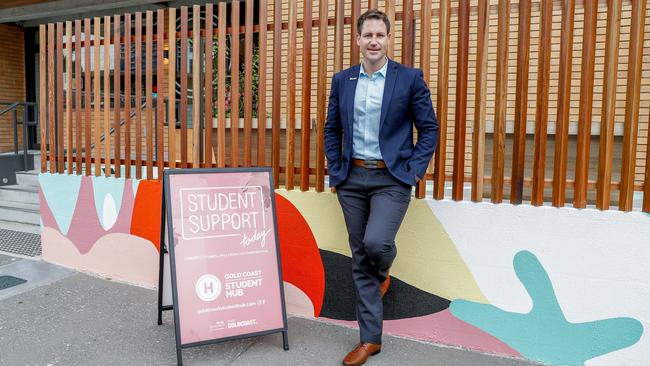
“As a result, the Gold Coast will recover faster than other Australian cities and we’ll be able to rebuild our sector to be in a prime position for future prospects and opportunities.
Mr Slogrove said in the five years leading up to the pandemic the Gold Coast’s international education sector was growing on average by more than 10 per cent per year.
“Prior to Covid our modelling had us on track to have 50,000 international students by 2025, with the sector being worth $3bn to the city,” he said.
“With so many variables in play it is impossible to predict how long the sector will take to recover or how many students will be studying here by 2032.
“Excluding further major global impacts, there is little doubt the volume of international students will grow, and many of these students make vital contributions as part of the retail, tourism and hospitality workforces.
“Traditionally the Gold Coast has come to rely on them and that equation is likely to continue.”
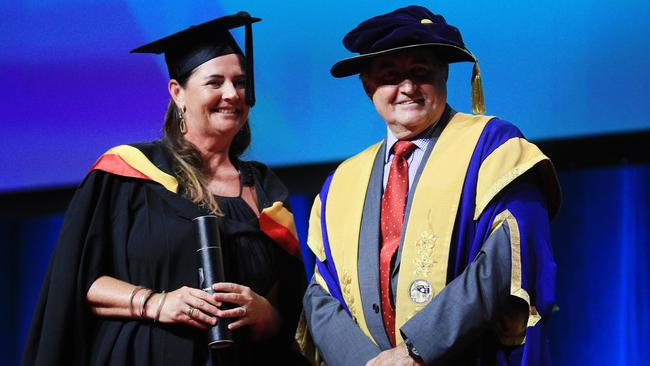
A Southern Cross University spokesman said there was no doubt the next 10 years would bring substantial change to the higher education sector.
“Universities must adapt and move in response to student needs and expectations,” he said.
“Southern Cross has invested substantially in its online learning and delivery resources in recent years, but not as a replacement for face-to-face teaching.
“It is clear students want both – the community of a campus and the convenience of a digital classroom, when required.
“As the drawing power of the destination becomes a bigger factor closer to the Olympics, we will be in a position to offer the best of both.”
TRUE COST OF QLD'S QUARANTINE STANCE ON $5BN SECTOR
November 2,2021
ALREADY bleeding millions, the city’s three major universities may keep haemorrhaging money if international students are forced to quarantine at Wellcamp until a 90 per cent vaccination rate is achieved in Queensland.
Southern Cross University (SCU) has already forecast an operating loss of up to $15m in 2022, while in April this year annual report figures revealed Griffith University lost $20m directly due to the loss of international students.
Not able to predict the hit it will take, a Bond University spokesman said a lack of overseas students since early 2020 “continues to affect the university’s financial bottom line”.
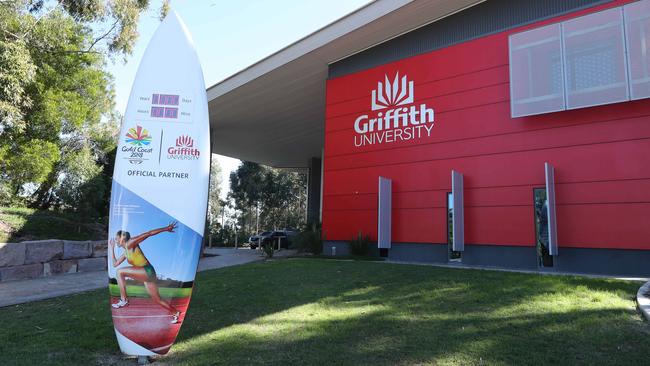
Under Queensland’s roadmap to reopen, once 90 per cent of Queenslanders aged over 16 have had two doses of vaccine, border restrictions and quarantine requirements will be scrapped for fully vaccinated international travellers.
While it’s hoped the state will reach its 80 per cent milestone before it opens to interstate hot spots on December 17, last week Deputy Premier Steven Miles said: “It’s very hard to predict the 90 per cent threshold”.
“In some jurisdictions, we’ve seen a tapering off at 80 per cent so you can’t just use that.”
Until then, returning students will be forced to spend thousands of dollars to quarantine at the Wellcamp quarantine facility for 14 days.
Located 15km from the centre of Toowoomba, the facility is expected to have 1000 beds operational by the first quarter of 2022.
It comes as South Australia announces it will ease its border restrictions from November 23 for double-vaccinated people, with domestic travellers entering the state not required to quarantine, while international arrivals and students will only have to spend seven days in quarantine.
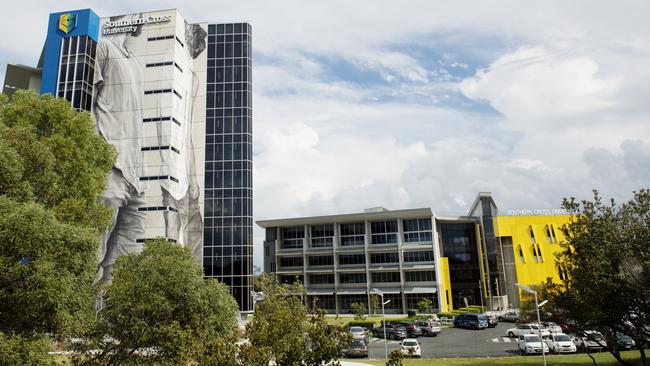
Last week the state government said international students could return to Queensland in January, with 250 allowed every two weeks.
Priority will be given to enrolled students who must undertake face-to-face learning, practicals or placements to complete their degree – particularly in the medicine, medical research and allied health areas.
Griffith’s Vice President Global, Professor Sarah Todd said if Queensland could remain at pace with other Australian states and bring international students back at scale in time for the start of Trimester 1 next year it would make a huge difference to the university.
“If we miss this opportunity, it will have an ongoing financial impact on the university for the next two to three years,” she said.
Between 2019 and 2020 the university experienced almost a 50 per cent decline in international student commencements.
“Uncertainty regarding the reopening of international borders and quarantine requirements makes it difficult to accurately predict the impact on international student enrolments,” she said.
“This also makes it difficult to predict the scale of the financial impact on the university.”
Professor Todd said international students were vital for the Gold Coast, state and national economies, with every dollar spent by an international student driving $4 of economic activity.
“Their return ensures all our students have the experience of working in diverse and vibrant learning environments reflecting the reality of the modern workforce,” she said.
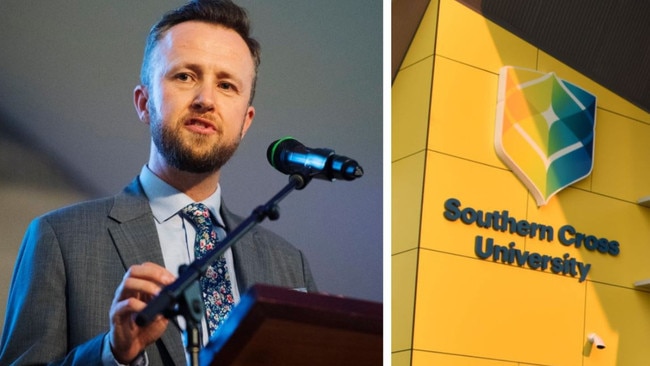
SCU’s Vice President Engagement Ben Roche said the loss of international students due to closed borders and other pandemic-related restrictions had severely impacted all universities.
“Financially, the university is still facing an operating loss of up to $15m in 2022,” he said.
“Measures taken over the past two years have helped to reduce the financial deficit but the external operating environment remains unpredictable and difficult.”
In April annual report figures revealed Griffith University reported its first operating loss in its history, and since the beginning of 2020 more than 320 staff have made redundant or accepted early retirement.
Study Gold Coast chief executive Alfred Slogrove said under the current roadmap, Queensland was unlikely to attract a large volume of new students in 2022, with NSW and Victoria seen as more favourable because they were opening earlier and have “more flexible options and cost effective with respect to the need to quarantine”.
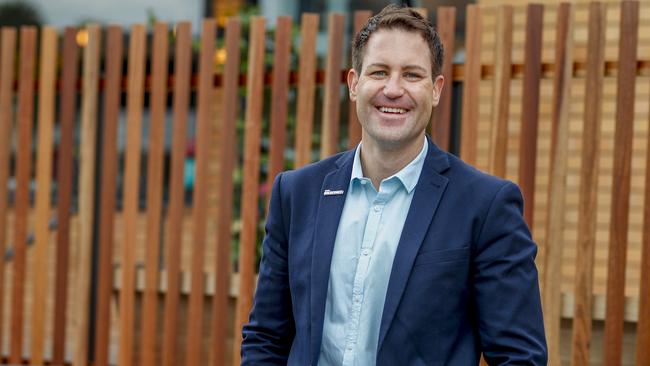
“Education is a valuable commodity, worth over $5bn to our state, and the first to open up and do it right will reap the rewards of talent and skills growing the local economy,” he said.
“As of today, we have seen flights filled with returning Australians landing interstate and those people aren’t required to quarantine.
“This is a huge step in the right direction as they are coming from the same locations as many of our fully vaccinated students would come from.”
Mr Slogrove said the Gold Coast had worked hard to build and grow its reputation as one of the best destinations in the world to study and to date the industry had been “quite resilient”. “We’re looking forward to when borders are open to all vaccinated newcomers and we can welcome back international students without the need to quarantine,” he said.
Border plan threatens to derail Coast’s $1.7bn industry
October 28, 2021
EDUCATION leaders are concerned the Gold Coast’s embattled $1.7bn international market will be further decimated if overseas students cannot return until January 2022.
The state government this week announced that 500 international students would arrive in Queensland a month, with medical and health students prioritised.
Until the state reaches a 90 per cent vaccination rate, they must also spend 14 days at the state’s regional quarantine facility at Wellcamp.
Before the pandemic, Queensland’s international education sector was worth an estimated $5.8bn, almost a third of which came from the Gold Coast.
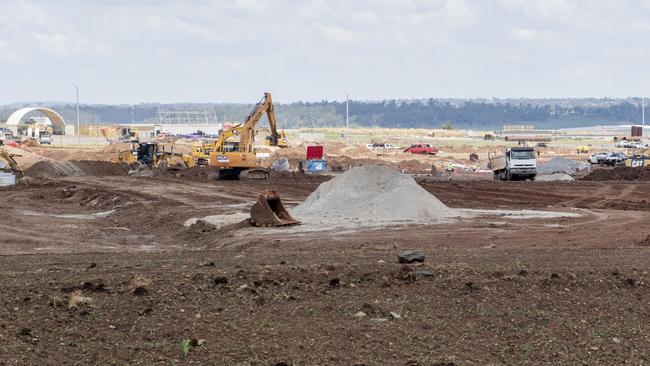
Education bosses are concerned southern states will make a play for a share of the Gold Coast’s lucrative student market given NSW and Victoria will welcome back international students in 2021 in time for the first term of 2022.
Study Gold Coast chief executive Alfred Slogrove said while the “devil would be in the detail” the big question was what the rest of the country could offer students that Queensland couldn’t, including home quarantine.
“Without international students here to commence the new academic year, the sector will continue to struggle, which will continue to have a negative ripple effect on all industry, hindering significant economic growth,” he said.
Mr Slogrove said if NSW and Victoria opened up earlier than Queensland, the Gold Coast would be on the back foot for bringing back returning students and attracting new ones.

“International students are eager to study on the Gold Coast, ranked as 89th by QS Best Student Cities in the World, but the longer they have to wait, the more chance they will opt for another Australian destination or, worse, another country to study.”
He said once Queensland is at 80 per cent vaccination, he wanted fully vaccinated students to be able to fly into the Gold Coast and home quarantine.
“This will ensure their move is effortless and smooth so they can savour this amazing experience of moving to the Gold Coast to study,” he said.
A Bond University spokesperson said there was “significant pent-up demand from international students wanting to study on the Gold Coast”.
“These students will naturally flow to countries and regions with entry requirements that make them feel welcome and supported,” he said.
“Queensland must provide a safe and secure yet smooth transition for international students entering the state, to ensure it retains its share of one of Australia’s largest export earners.
“International students also provide an enormous social and economic boost to the Gold Coast, supporting local businesses and working in restaurants, cafes and retailers.
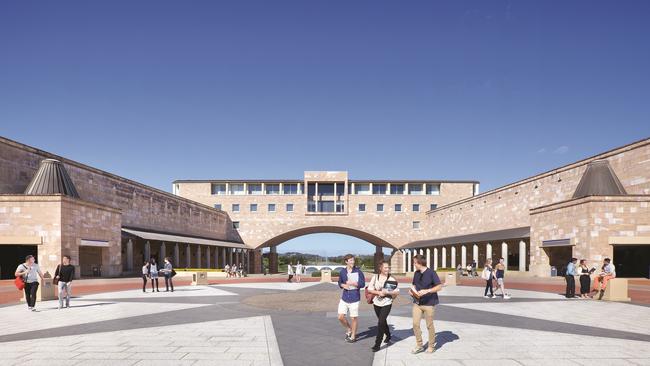
“More than one-third of an average student’s living expenses are spent in the retail and hospitality sector and pre-Covid data shows the economy benefits $4 for every $1 spent by an international student.”
Griffith University Vice President (Global) Professor Sarah Todd said the first cohort of 250 students to come in under the Queensland Student Arrivals plan would make a welcome contribution to the state’s health workforce.
“And we will continue to work with the government to develop the criteria for subsequent cohorts,” she said.
“There are currently over 20,000 international students enrolled with Queensland universities and studying from their home countries, so today’s announcement is a significant step in welcoming them back to our campuses.”
Ben Roche, Vice President (Engagement) at Southern Cross University, said he was pleased to see clear steps being taken for the return of international students and the university would to work with state and federal authorities to progress this.
“The loss of international students due to closed borders and other pandemic-related restrictions have severely impacted all universities,” he said.
“At Southern Cross, we particularly enjoy the valuable cultural, social and academic contributions of our international students.”




